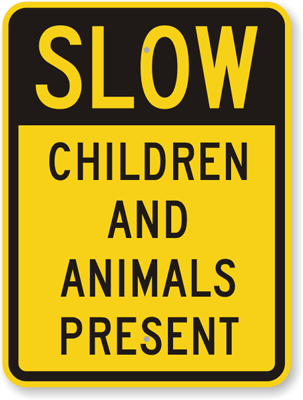by Esther Jantzen, guest poster
Kids and adults love rhyming words. Rhymes are in songs, in raps, in poems, in ads, in jump-rope games, and just about everywhere. This activity can be done any time, anywhere, and especially when you’re in a silly mood! It helps children learn that it is fun any time to play with words, sounds, and rhythms. It develops their attentiveness and their ability to hear sounds. It develops their vocabulary. Here are some ways to do this:
1) Think of a simple sentence that you say to your children frequently. Then make up a rhyme to match it. For example, with “It’s time to go to bed!” add, “So lay down your pretty head!” Or with “Sit down and eat your dinner,” add, “We don’t want you any thinner!” OR
2) Think of a word or a simple statement such as, “I saw a puppy dog.” Then ask your child to tell you a word that rhymes with dog and like log, hog, fog, frog, bog. See how many you and your child can come up with. (For older children, try picking words that are more unusual.)
Then see if you and your child can put these words together in an easy little poem with several rhyming words. For example, “I saw a dog who sat on a log. He sniffed at a frog and then jumped in the bog.” If your child offers a nonsense word, that’s just fine. See who can come up with the silliest lines. Go for giggles here and for the fun of sounds. OR
3) Try for a question rhyme: Did you ever try to tickle a pickle? Did you ever try to hug a bug? Did you ever try to eat your feet? You might want to give a reward, like staying up an extra 20 minutes to read, for the special question rhymes. If you come up with rhymes or poems you like, write them down and save them. That way you’ll get to enjoy them again.
Esther Jantzen, Ed.D, is a mother, an educator and the author of Plus It! How to Easily Turn Everyday Activities into Learning Adventures for Kids available at www.plusitbook.com and the Way to Go! Family Learning Journal available through www.jantzenbooks.com




